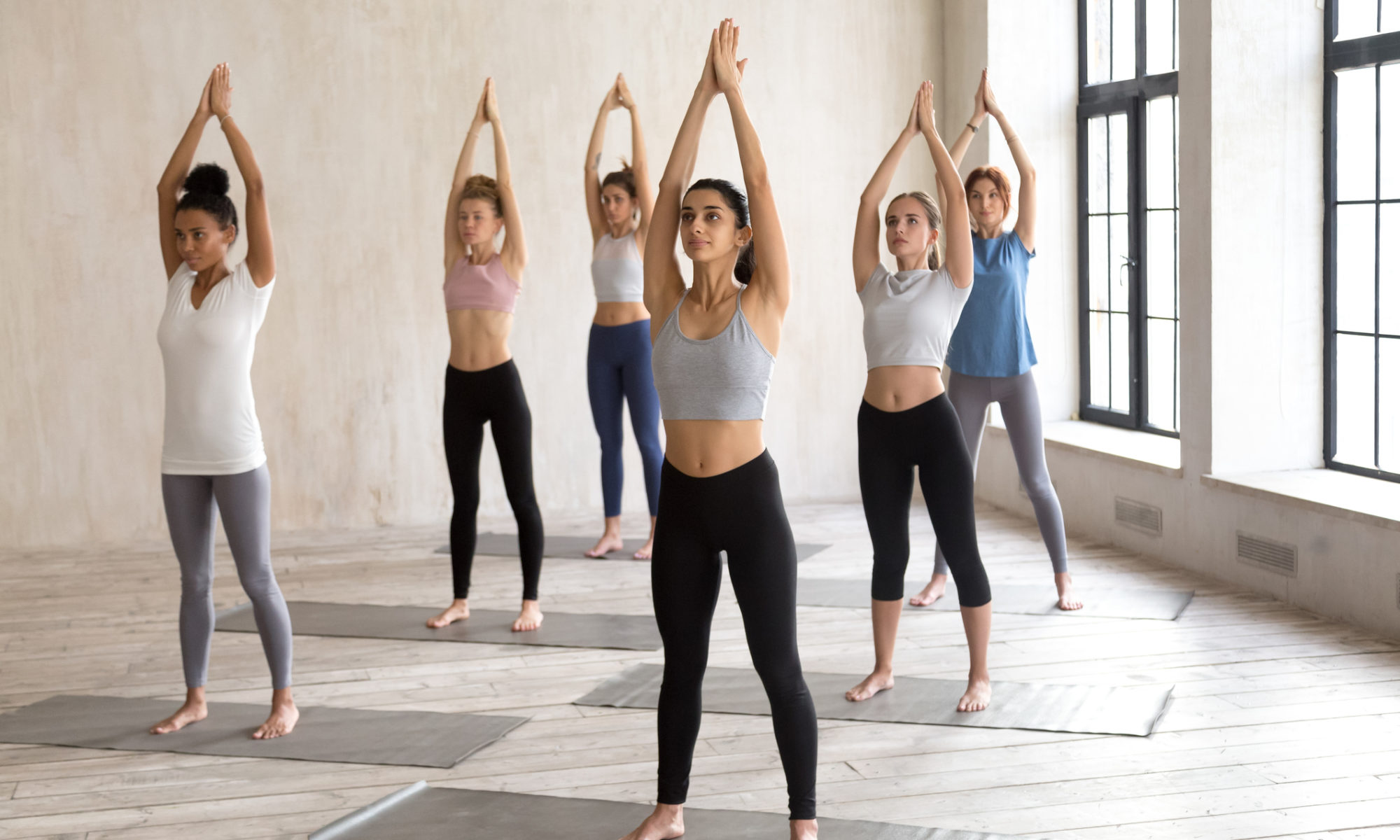Designing a website for an amateur sports club can be overwhelming if you don’t know where to start. With so many different website builders offering a range of features, figuring out what you need for your sports club can be difficult. At Go Sitebuilder we aim to make website building as simple as possible, by having an easy-to-use interface and giving helpful hints and tips in our blog.
Whether you are building a website for a football club or a boxing school, showcasing your best assets is vital in attracting new talent and sponsorship. In the UK there are over 6,000 amateur sports clubs, which means whatever sport you are working in, there is plenty of competition around you. In this blog we are going to talk you through the most important elements of a sports club website. If you use clever web design and a great website builder you can create the best website for your sports club.
Clear Information
This may seem obvious but ensuring your website shows all key information is vital to attracting visitors. All information regarding your club should be easy to find on your website, for more help with navigation tips, check out our blog on why navigation is so important. Your website should also be up to date with all recent news and events.
Make sure you include contact information, location (whether this is your offices or where you train) and office hours. Additionally, as there are specific types of sports clubs and levels for different sports, including detailed information is also important. Consider the following questions when writing about your sports club:
- What level do you play/train at?
- Is there a specific age group you are targeting?
- Do you have any special awards or trainers that you can mention?
- Mention the type of club and ethos you have. For example, are you more focused on development or competitions?
Photographs and Videos
Your main selling point is how good your team/players are at their sport, so make sure you show them off! Have a range of photographs showing members at their best. If you have photographs from events such as regional matches or tournaments include them, especially if a member or team was placed top in the competition.
Depending on the type of club and your ethos, consider including photographs from more social gatherings. Many new members will look for the spirit of the community they are looking to join, so whether your socials are a curry night or an awards ceremony at the end of the year, ensure to include photographs of them.
Team or Coaches page
Whether you have a team or coaches page is dependent on whether the focus of your sports club is on the performance of your team or the development led by your coaches. Having this page is a great way to show visitors the people involved in your club. This personal touch to your website is great in making your community feel more involved in your activities. Ensure you include photographs of your team or coaches, so that visitors can connect more with your website.
Recent News and Matches
If you want fans to stay updated on your team, having a news page is vital. Including a range of news stories about your club will ensure that visitors stay engaged with your website. Consider the following topics when writing news bulletins:
- Recent matches or competitions and their outcomes
- League table updates
- New player/team member/coach updates
- Tips and advice on how to get involved
- News about training sessions or community activities
- Fundraising events or targets
- Updates on alumni if they go on to be more successful in the sport
With many website builders, visitors can leave a comment on your news stories. This is a great way of keeping fans feeling engaged with your news and getting a feel for their opinion on developments in your sports club. Keeping visitor engagement up is seen to have positive effects for your website and your business. One study showed that if visitors are encouraged to engage with a website, it fosters the idea of a partial owning of the product and therefore an increased attachment to the product.
Eye Catching Web Design
As with any website, having effective website design is key in creating a standout website. Make sure you think about aspects such as colour, font and layout when designing your site. The design you choose should reflect the type of club you are and be easy for visitors to use. For more inspiration take a look at our blog on the best designed football websites.
If you need a great website builder for your sports club, then look no further than Go Sitebuilder. With a wide range features, our simple website builder design means you can have a professional looking website up and running in minutes. Try our 14-day free trial today!









